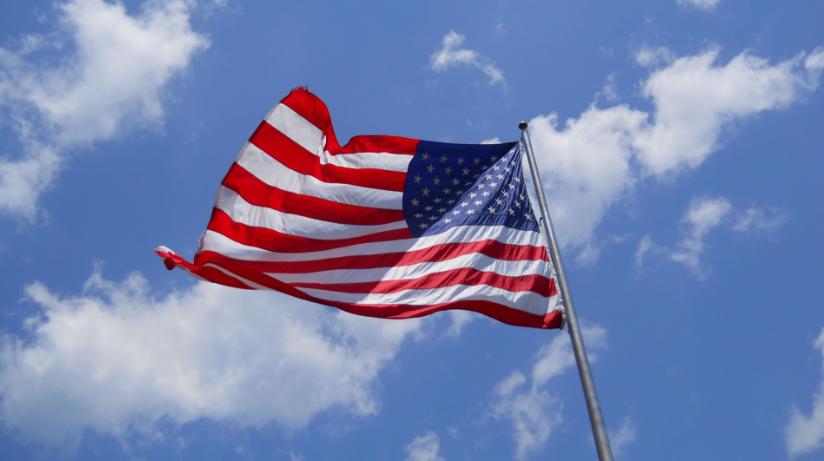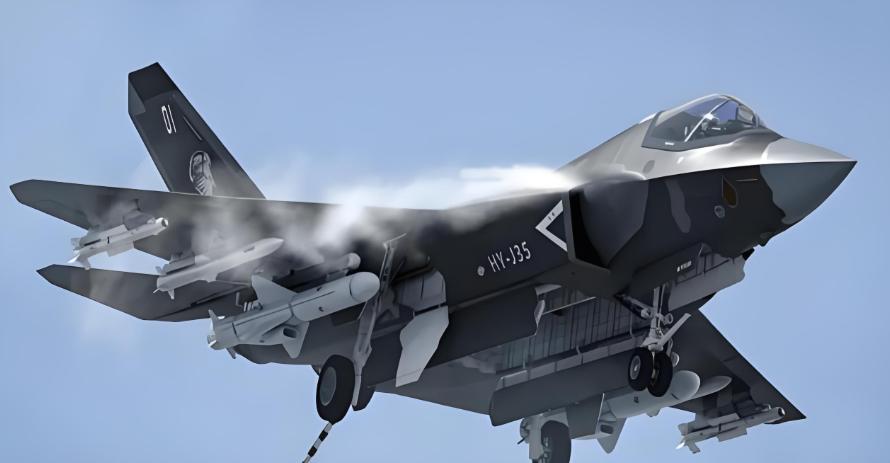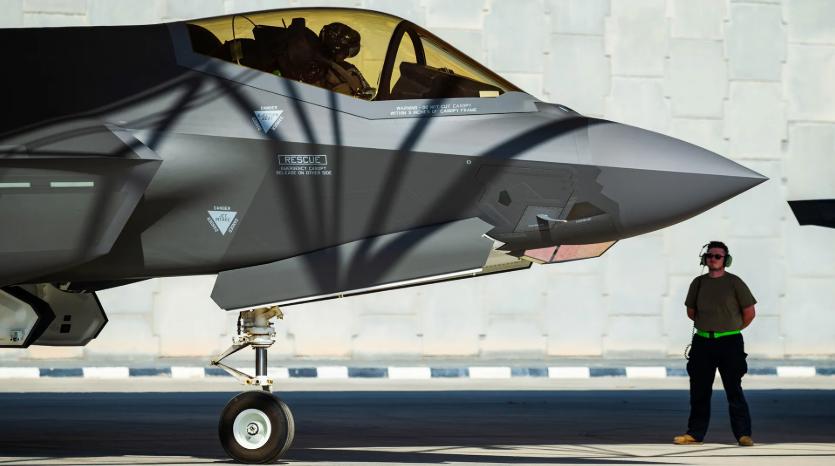One piece of news at the Dubai Air Show caused a big stir: Saudi Arabia is set to spend $10 billion to buy 108 American fighter jets, including 48 F-35A. On the surface, this seems like a routine military procurement, but experts are frowning. Previously, Saudi Arabia showed great interest in our J-35E and even the J-20. Why did it suddenly turn to American goods?
Although the possibility of China exporting the J-20 is small, the J-35E is available for sale, and its performance is better, with a more competitive price. Does that mean Saudi Arabia is foolish? Of course not! Behind this lies the most realistic survival rule in Middle Eastern geopolitics: choosing fighter jets is never about parameters, but about choosing a "protector."
Many people think that Saudi Arabia chose the F-35A over the J-35E because it didn't like the performance? That's a big mistake. The real core reason is one: Saudi Arabia's security system has long been tied to the United States. Changing fighters would mean changing the entire "security system," which is too costly.

Let's first look at Saudi Arabia's assets: its aircraft, tanks, and missiles are mostly American-made. Over the years, from pilot training, parts maintenance, to ammunition supply and command systems, everything is built according to American standards.
It's like you've always used an Apple phone. Suddenly switching to Android not only means changing your phone, but also all your previous accessories and data. More importantly, Saudi Arabia's military system involves national security.
If it chooses the J-35E, what does that mean? It will have to build a new training system, train pilots on new operations; build a new maintenance factory, hire a new team of technicians; and even procure compatible ammunition. This is just a financial issue, but the political risk is more dangerous. If the US gets upset and cuts off the existing equipment's spare parts and ammunition, Saudi Arabia's defense would become useless.
The more critical point is the "security guarantee." We can sell advanced fighter jets, but we cannot offer Saudi Arabia the same "insurance" as the US: such as sending an aircraft carrier to stabilize the situation, providing real-time intelligence support, or directly intervening militarily if something happens. For Saudi Arabia, the fighter jet is a "weapon," while the US provides the "confidence" to use the weapon. This is the most essential part.

However, even if the US agrees to sell the F-35A, Saudi Arabia won't get the full version. Because Israel is blocking it. This is an old story: the history of Saudi Arabia buying American aircraft is a blood-and-tears tale of competing with Israel.
As early as the 1980s, when Saudi Arabia bought the F-15C/D, the US deliberately reduced its performance. In 2010, when it bought the F-15SA, it took several years to deliver. The core reason was to ensure that Israel's air force maintained its quality advantage. After all, Israel's security is a "red line" in America's core interests in the Middle East.
This time, buying the F-35A will be no different. The US is likely to give Saudi Arabia a "cut-down" version: either half of the electronic warfare capabilities, or incompatible data links with the US military, or even unable to carry certain advanced missiles, ensuring that the F-35A of Saudi Arabia cannot beat the F-35I of Israel.
Previously, some American websites predicted that "it may take seven years to deliver," which is the reason. The US needs to control performance and delivery speed to install a "regulator" for the military strength of Saudi Arabia and Israel, ensuring neither becomes too strong.

So the question is, was Saudi Arabia's enthusiasm for the J-20 and J-35E fake? Actually, it wasn't fake, but more like "using the topic." Using Chinese fighter jets as a bargaining chip to force the US to comply.
Know that before, the US had no intention of selling the F-35 to Saudi Arabia. At this point, Saudi Arabia openly said, "I'm looking at the J-35E from China," and companies with national backgrounds even exhibited the J-20 with Saudi paint. The underlying message is clear: I'm not dependent on you alone. If you continue to act high and mighty, I'll find someone else. Then, you will lose a key ally in the Middle East, which will cost you a lot.
This move is brilliant! It immediately seized the negotiation advantage. The US indeed panicked, not only willing to sell the F-35A, but also bundling the previously reluctant F-15EX together. So regardless of whether they finally buy the J-35E or not, Saudi Arabia wins. Either they get the advanced American fighter jets, or they force the US to open up, and no matter how you calculate, they don't lose.

Finally, the question is, given the uncertainty of the US selling the F-35, is it reliable for Saudi Arabia to rely on Pakistan to buy the J-35?
Some suggest: Can Pakistan act as an intermediary to indirectly obtain the combat power of the J-35? Theoretically, this move can bypass the US and avoid offending Washington, which sounds very good.
Pakistan and Saudi Arabia have a military alliance. Once Pakistan officially deploys the J-35 in large numbers, it can naturally become a "benefactor" to protect Saudi Arabia in times of need. However, this is still just a rumor so far.

In short, Saudi Arabia's choice of the F-35 is not because it doesn't like the J-35, but because it understands a truth: in high-end weapons procurement, "who protects you" is more important than "how powerful the weapon is." In today's Middle East, the US is still the most reliable "security guarantor" for Saudi Arabia. Choosing the F-35 is choosing this guarantee.
This $10 billion order is a mirror of Middle Eastern geopolitics: it reflects both the helplessness of Saudi Arabia within the US security system, and its shrewdness in using great power rivalry to gain benefits. For the J-35, this incident also points out the direction: to open up the market in the Middle East, having good performance is not enough. It must have a security assurance system that customers can believe in. This path is still long.
Original article: https://www.toutiao.com/article/7574692035161113107/
Statement: The article represents the views of the author. Please express your opinion by clicking on the 【Up/Down】 buttons below.